Top Challenges Facing Healthcare Students in the Post-Pandemic Era: A Guide
As the world continues grappling with the effects of the COVID-19 pandemic, healthcare college students face unique challenges. From financial burdens to mental health struggles, these students are navigating unprecedented times while pursuing their education and future careers in healthcare.
This guide will explore some of the top challenges facing healthcare students in the post-pandemic era and provide strategies for success during these uncertain times. Whether you’re a current or prospective healthcare student, read on for valuable insights and tips to help you overcome obstacles and thrive in your studies.
The Impact of the Pandemic on Healthcare Students
The COVID-19 pandemic has had a significant impact on healthcare students’ education and training. With hospitals and clinics overwhelmed by the influx of patients, many students have faced limited opportunities for hands-on experience. As a result, they may graduate with less practical knowledge than previous cohorts.
Furthermore, switching to remote learning has been challenging for some healthcare programs requiring in-person instruction or clinical rotations. While virtual classrooms offer flexibility, they cannot replicate the same level of interaction with faculty and peers as traditional settings.
The Financial Burden of Healthcare Education
Pursuing an education in this field can be quite expensive. Along with tuition fees, there are several other costs that healthcare students need to bear. Luckily help is always available.
Many colleges and universities offer scholarships or financial aid options for deserving candidates to alleviate some financial burdens associated with healthcare education. Students need to explore these opportunities before taking out student loans or putting themselves in further debt.
The Mental Health Challenges of Healthcare Students
For many healthcare students, they barely have time to take care of themselves. They have always faced significant pressure, and the pandemic has only intensified these challenges. Mental health issues are common among healthcare students due to their rigorous academic schedules, clinical placements, and high-stakes exams.
To cope with these challenges, healthcare students need to prioritize self-care activities such as exercise or meditation that help manage stress levels. Additionally, seeking support from family members or talking with colleagues about shared experiences can alleviate feelings of isolation.
Takeaways
As healthcare students, it’s easy to get caught up in the demands of coursework and clinical rotations. The pressure to succeed can be overwhelming, especially in the post-pandemic era, where healthcare professionals are facing unprecedented challenges.
However, taking care of yourself should always be a top priority. Self-care is essential for maintaining physical and mental well-being, which in turn allows you to perform your best as a healthcare student. Loving yourself is not that hard. All you need is to exercise and stick to healthy eating habits, and of course, don’t forget to practice mindfulness like meditation or yoga. Finding what works best for you and incorporating those activities into your routine is important.…


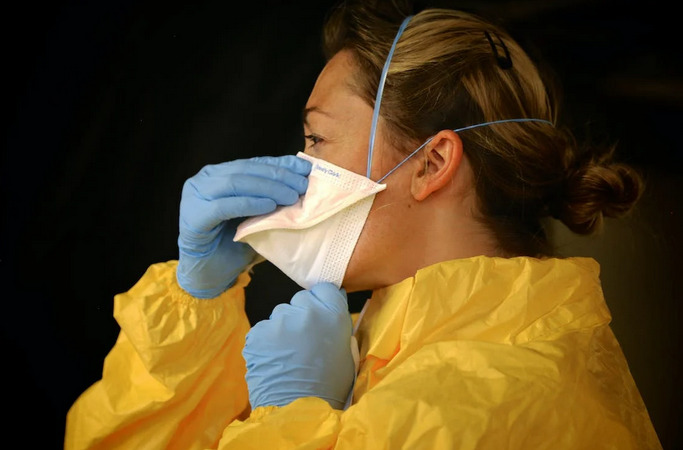


 You can set goals and monitor your progress to ensure that you read as much as possible. This is a great way to improve your reading habits and ensure that you get the most out of your book reading experience. Book reading apps also offer other features that can help you improve your reading habits.
You can set goals and monitor your progress to ensure that you read as much as possible. This is a great way to improve your reading habits and ensure that you get the most out of your book reading experience. Book reading apps also offer other features that can help you improve your reading habits.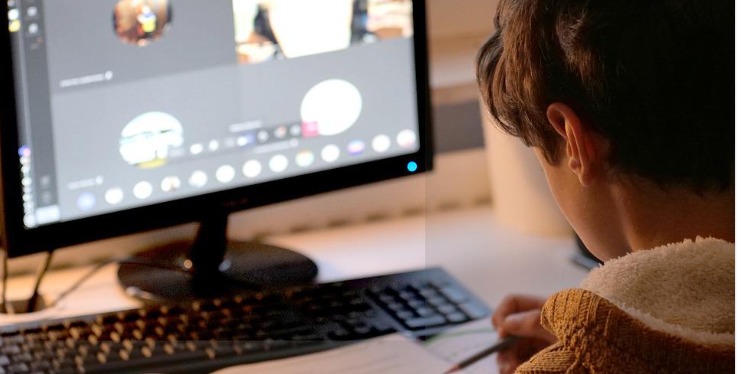 Finding people who share your passion for reading can be difficult, but book reading apps can help you connect with other like-minded individuals. Whether you’re looking for someone to discuss the latest bestseller with or just want to chat about your favorite books, these apps can put you in touch with other readers worldwide.
Finding people who share your passion for reading can be difficult, but book reading apps can help you connect with other like-minded individuals. Whether you’re looking for someone to discuss the latest bestseller with or just want to chat about your favorite books, these apps can put you in touch with other readers worldwide.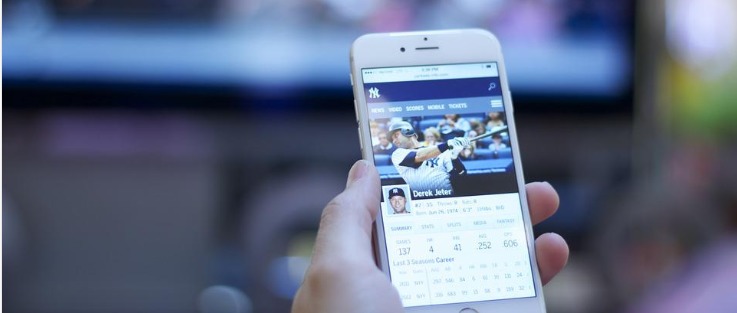 Additionally, many book reading apps keep track of progress and offer rewards for completing books. This can help motivate kids to keep reading. Some apps even provide videos and other multimedia content to accompany the books. This can make the experience even more engaging.
Additionally, many book reading apps keep track of progress and offer rewards for completing books. This can help motivate kids to keep reading. Some apps even provide videos and other multimedia content to accompany the books. This can make the experience even more engaging.
 One of the most important things that you can do when
One of the most important things that you can do when 


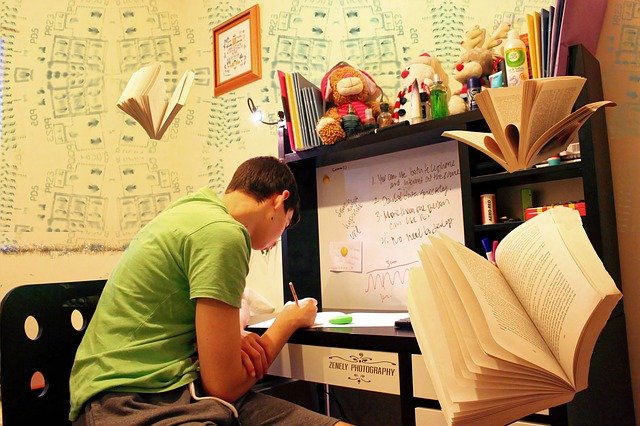
 Specific vitamins and nutrients can improve brain performance in many different ways. While magnesium and potassium can contribute to regular brain performance, vitamins B6, B12, and folic acid can help prevent fatigue, a significant procrastination source during exams.
Specific vitamins and nutrients can improve brain performance in many different ways. While magnesium and potassium can contribute to regular brain performance, vitamins B6, B12, and folic acid can help prevent fatigue, a significant procrastination source during exams. Exercise not only increases fitness, but it can also contribute to a healthy brain. By running, cycling, swimming, or whatever form of exercise takes your fancy, and you can strengthen the connections between brain cells. As a result, your learning and memory skills can improve, and you can consume more information from your homework and library books.
Exercise not only increases fitness, but it can also contribute to a healthy brain. By running, cycling, swimming, or whatever form of exercise takes your fancy, and you can strengthen the connections between brain cells. As a result, your learning and memory skills can improve, and you can consume more information from your homework and library books.

 The advantage of how we understand a language and the transferable skills obtained from the actual method of studying a language is possibly more precious. When you look at successful people, particular traits have propelled them in their career trajectories. These are the sort of skills that are improved when you understand a new vocabulary.
The advantage of how we understand a language and the transferable skills obtained from the actual method of studying a language is possibly more precious. When you look at successful people, particular traits have propelled them in their career trajectories. These are the sort of skills that are improved when you understand a new vocabulary.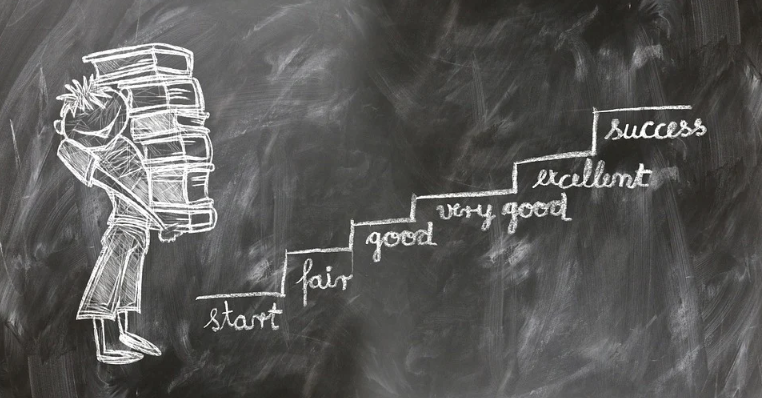


 Position it’s a game my children adore. It is easy to understand and can be performed many times. This game’s premise is to see the game on the card. Whoever does it quickest gets the card. This works because there’s just one emblem that is possible. Game maker Blue Orange states this game is for players ages seven and up. I still have a 4-year-old and 6 years old, which beat me to establish.
Position it’s a game my children adore. It is easy to understand and can be performed many times. This game’s premise is to see the game on the card. Whoever does it quickest gets the card. This works because there’s just one emblem that is possible. Game maker Blue Orange states this game is for players ages seven and up. I still have a 4-year-old and 6 years old, which beat me to establish. Look, most of us adore CandyLand, but there is just so much you can perform. Maintaining kids involved with games and fresh challenges permits their thinking processes to enlarge. Children can start playing with the Sneaky Snacky Squirrel match as young as age and it is going to continue to keep their focus over six years of age until their nicely. The game’s goal is to fill your log. Do so by seeing what you produce and turning the spinner. It is a fantastic match for learning motor abilities and math as you need to use the acorns to move. It reminds me of a bit for everybody but, in my opinion, a bit more fun of Hi Ho Cherry-O.
Look, most of us adore CandyLand, but there is just so much you can perform. Maintaining kids involved with games and fresh challenges permits their thinking processes to enlarge. Children can start playing with the Sneaky Snacky Squirrel match as young as age and it is going to continue to keep their focus over six years of age until their nicely. The game’s goal is to fill your log. Do so by seeing what you produce and turning the spinner. It is a fantastic match for learning motor abilities and math as you need to use the acorns to move. It reminds me of a bit for everybody but, in my opinion, a bit more fun of Hi Ho Cherry-O.
 Promotes the child’s ability to re-evaluate the recognition of size and shape Promotes the steps that are accepted by the child in a logical sequencing process Influences spatial awareness Develops the child’s ability to recognize the letters of the alphabet later because the puzzle has helped them understand the detailed shapes of activity once it has begun Builds their child’s confidence and sense of achievement once the puzzle is completed Above all, playing puzzles is fun. Experimenting with every toy that children play with wood is perfect for doing puzzles, it bends and can be chewed.
Promotes the child’s ability to re-evaluate the recognition of size and shape Promotes the steps that are accepted by the child in a logical sequencing process Influences spatial awareness Develops the child’s ability to recognize the letters of the alphabet later because the puzzle has helped them understand the detailed shapes of activity once it has begun Builds their child’s confidence and sense of achievement once the puzzle is completed Above all, playing puzzles is fun. Experimenting with every toy that children play with wood is perfect for doing puzzles, it bends and can be chewed. The first thing that is certain when you look at a puzzle is the picture of that puzzle or that example. Remember that the picture must have value, but it is also a matter of choice. If the picture is familiar to the child or is consistent with the educational goal (for example, learning the colors or naming the objects), the experience of solving the puzzle will be much more satisfying and rewarding. Therefore, it could be recognized by the fact that the child recognizes the image because a tool must be recognizable in seeing it. In addition, it must have properties that help him decide where to place the object that appears in the image.
The first thing that is certain when you look at a puzzle is the picture of that puzzle or that example. Remember that the picture must have value, but it is also a matter of choice. If the picture is familiar to the child or is consistent with the educational goal (for example, learning the colors or naming the objects), the experience of solving the puzzle will be much more satisfying and rewarding. Therefore, it could be recognized by the fact that the child recognizes the image because a tool must be recognizable in seeing it. In addition, it must have properties that help him decide where to place the object that appears in the image.



